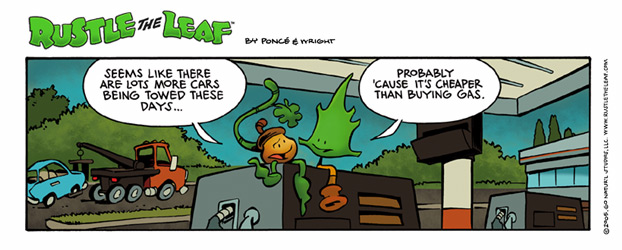
I bought John Jeavons' How to Grow More Vegetables recently, hoping it would live up to its promise of showing me:
"How to grow more vegetables (and fruits, nuts, berries, grains, and other crops) than you ever thought possible on less land than you can imagine"
I got pretty irritated wading through several chapters of irrelevant waffle that kept promising this amazing new technique would allow me to grow between twice as much and thirty-one times as much per unit area as "conventional" methods (which I assumed meant whatever method I am using now), but which never spelled out what this method was. When I finished chewing my way through the book I was disappointed. All this "new method" is, is just:
- Grow organically
- Use raised beds, not rows
- Use loads of compost
- Use intensive plant spacings
- Companion planting
Just about every gardening book I've got advises those exact same things.
It also contains some advice I consider dubious:
- Planting by phases of the moon
- Planting shedloads of stuff (60% of your available area) purely so you can turn it into compost
- The author isn't keen on animal manure or green manure
In retrospect I'm glad I read it, but I wish I'd got it out of the library instead of spending money on it. For one thing, it does contain some helpful information, but buried under a lot of crud. For example, information about the depth of the root systems of various crops.
It also makes very clear what a "raised bed" is. For a long time I thought it meant building retaining walls full of earth and planting stuff 2' in the air surrounded by brick walls. It doesn't mean that at all - it means having areas where you plant, with paths in between. You don't walk on your beds (you have to make them about 5' wide or less, so you can reach the middle for weeding and harvesting) so they don't get compacted and don't need digging every year. Within those beds you plant intensively, so leaf growth covers all the soil, stopping weeds growing and water evaporating. The book makes that much clearer and if I had read it sooner I could have saved a lot of confusion about raised beds.
I also like its emphasis on the soil. It talks a lot more about soil than plants. For example the fact we are destroying soil far faster than soil is being replaced. This is going to be a very hot topic in the near future, although the public have heard very little about it so far. I'll write more in a future post but remember you heard it here first. The book describes all the different components of soil - organic and inorganic, living and dead. It talks about the ideal structure of soil as a "living sponge cake". In the section about watering it emphasises that you are watering the soil, not the plants because plants don't take in water through their leaves, only their roots. All these are things I have felt for a long time and it is nice to see them expressed so clearly.
The thick cheap paper and goofy line drawings may put some people off but I love that sort of thing. My favourite illustration from the book is of a bearded hippy sitting cross-legged on the ground sowing seeds in a bed. I find that sort of thing charming, and it captures my imagination much better than the modern style of glossy photographs which manage to look less "real" than drawings do. In fact, I wish I had the 6th edition instead of the 7th, because it had a picture of a quilt on the front with appliqued fruits and vegetables.
But it's not going to help me grow loads more crops than I have in the past with some radical new approach, because I was doing all those things anyway.
If you want my advice, buy this book if you see it cheap in a charity shop, or ask your library to order it for you. It is interesting, and a useful part of building up your understanding of vegetable growing. But don't believe the hype - you're probably already using most of the methods it advocates so it won't tell you how to have vastly bigger yields.
 Here is the plan for our allotment for this season. Don't worry if you can't read the little tiny words - heres the upshot:
Here is the plan for our allotment for this season. Don't worry if you can't read the little tiny words - heres the upshot:



































